Home>Interior Design>How Much Does It Cost To Install Carpet?
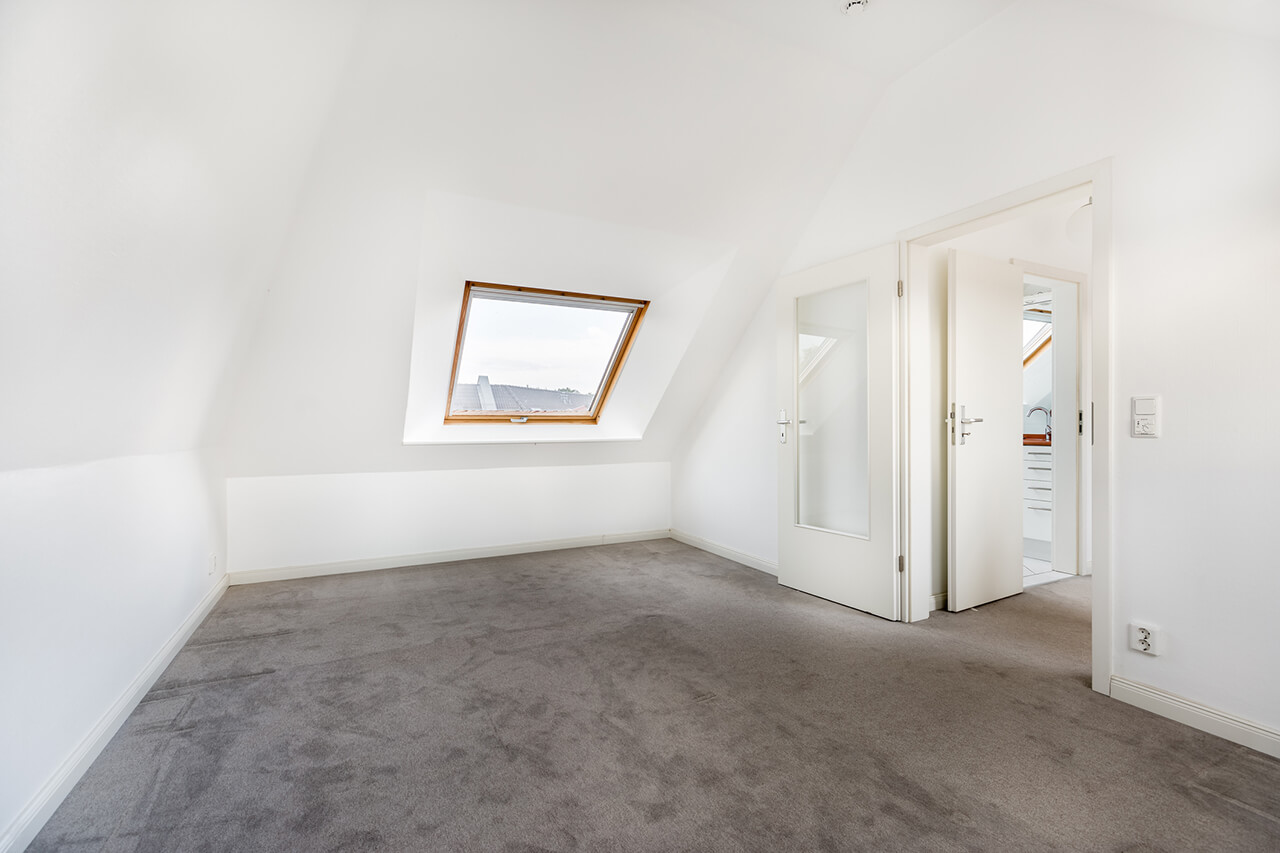

Interior Design
How Much Does It Cost To Install Carpet?
Modified: August 28, 2024
Discover the average cost of carpet installation for your interior design project. Get expert advice and explore affordable options to transform your space today!
(Many of the links in this article redirect to a specific reviewed product. Your purchase of these products through affiliate links helps to generate commission for Storables.com, at no extra cost. Learn more)
Introduction
Installing new carpet can be a transformative process for any interior space, adding warmth, comfort, and style. However, before embarking on a carpet installation project, it’s important to understand the cost involved. The cost of installing carpet can vary depending on various factors, including the type and quality of the carpet, the size of the area to be carpeted, and whether you choose to hire professionals or tackle the installation yourself.
In this article, we will explore the factors that affect the cost of carpet installation, break down the individual costs involved, compare the costs of different carpet materials, discuss the pros and cons of DIY vs professional installation, and provide tips on how to save money on carpet installation.
By the end of this article, you’ll have a clear understanding of the costs associated with installing carpet and be better equipped to make informed decisions for your interior design project.
Key Takeaways:
- When budgeting for carpet installation, consider factors such as carpet material costs, professional installation expenses, and potential additional costs like subfloor repair and furniture moving. Balancing quality and cost-efficiency is crucial for a successful project.
- To save money on carpet installation, compare quotes, shop during sales, reuse existing padding, and minimize extra services. Finding the right balance between cost and quality ensures a beautiful, long-lasting carpeted space.
Read more: How Much Does Carpet Repair Cost
Factors Affecting the Cost
Several factors come into play when determining the cost of installing carpet. Understanding these factors will help you estimate the overall expense more accurately. Here are the key factors that affect the cost:
- Size of the Area: The size of the area to be carpeted is one of the primary factors that impact the cost. The larger the area, the more carpet material will be required, resulting in a higher cost.
- Carpet Material: The type and quality of the carpet you choose will significantly affect the cost. There are various options available, ranging from synthetic fibers like nylon and polyester to natural fibers like wool. The price will vary depending on the material’s durability, softness, and overall aesthetics.
- Carpet Padding: Carpet padding adds cushioning and helps prolong the life of the carpet. The cost of padding varies based on its thickness and quality. It’s essential to invest in good-quality padding to ensure the longevity and comfort of your carpet.
- Installation Method: The method used to install the carpet can impact the cost. There are different installation techniques, such as direct glue-down, stretch-in, or floating. The complexity of the installation method, along with the necessary equipment and labor, can influence the overall cost.
- Stairs and Irregularities: If you have stairs or uneven areas that require carpeting, this can add to the overall cost. Stairs, in particular, require extra labor and expertise to ensure a proper and secure installation.
- Removal and Disposal: If you have existing carpet that needs to be removed and disposed of, this will add an additional cost to the installation. The removal process can be time-consuming and may require hiring professionals.
- Additional Accessories: Other factors, such as door thresholds, transitions, and floor preparation, can also impact the overall cost. These accessories are essential for achieving a seamless and professional-looking carpet installation.
Keep in mind that these factors are not exhaustive, and other variables specific to your project may also influence the cost. It’s advisable to consult with professionals and obtain detailed quotes to get a more accurate estimate tailored to your unique requirements.
Carpet Material Cost
The cost of carpet materials can vary significantly depending on the type, quality, and brand you choose. Here are some common carpet materials and their average costs per square foot:
- Nylon: Nylon is a popular choice for its durability and stain resistance. It is available in a wide range of colors and styles. On average, nylon carpet can cost between $2 to $6 per square foot.
- Polyester: Polyester carpet is known for its softness and vibrant colors. It is an affordable option that offers good stain resistance. The average cost of polyester carpet ranges from $1 to $4 per square foot.
- Wool: Wool is a natural fiber that offers excellent durability and luxury. It has natural stain resistance and retains its appearance for a long time. However, wool carpet tends to be more expensive, with prices ranging from $5 to $15 per square foot.
- Olefin: Olefin, also known as polypropylene, is a budget-friendly option that is resistant to stains, fading, and moisture. It is commonly used in outdoor or low-traffic areas. The average cost of olefin carpet ranges from $1 to $4 per square foot.
- Blends: Carpet blends, such as nylon-wool or polyester-wool blends, offer a combination of durability and affordability. The price of blended carpets can range from $3 to $8 per square foot.
These prices are approximate and can vary based on factors such as carpet thickness, pile height, design complexity, and the region you are in. Additionally, premium brands and specialty carpets may have higher price points.
When considering carpet materials, it’s important to strike a balance between your budget and the desired qualities. Consult with professionals or visit carpet showrooms to explore different materials and their price ranges. This will help you make an informed decision that aligns with your budget and design preferences.
Carpet Installation Cost
The cost of carpet installation is separate from the cost of the carpet itself. Professional installation ensures a proper and long-lasting result, but it comes with its own expenses. The average cost of carpet installation can vary based on several factors:
- Labor Costs: Labor costs typically depend on the size of the area to be carpeted and the complexity of the installation. On average, labor costs can range from $1.50 to $6 per square foot.
- Additional Services: There may be additional services required for a complete and professional installation, such as floor preparation, carpet removal, and disposal. These services can incur extra charges, which can vary depending on the scope of work.
- Stairs: If you have stairs that need to be carpeted, it will incur additional labor costs. Stair installation is more complex and time-consuming, requiring specialized skills and tools.
- Custom Cuts and Patterns: If you want unique patterns, borders, or custom cuts for your carpet installation, it will add to the overall cost. Customization requires additional labor and expertise.
- Travel and Delivery: If you live in a remote area or outside the service range of the carpet installation professionals, it may incur additional travel costs. Additionally, if the carpet needs to be delivered from a long distance, shipping charges may apply.
The average cost of professional carpet installation, including labor and additional services, can range from $3.50 to $10 per square foot. It’s essential to get multiple quotes from reputable installers to ensure a fair and competitive price.
While professional installation is recommended for optimal results, some individuals choose to install the carpet themselves to save on labor costs. However, DIY installation requires an understanding of the process, proper tools, and patience. It’s important to weigh the cost savings against the potential risks of improper installation and voided warranties.
Keep in mind that these estimates are general guidelines, and prices can vary depending on your location, the complexity of the project, and the contractor you choose. Always request detailed quotes and clarify any hidden costs or potential additional charges before finalizing the installation.
Carpet Padding Cost
Carpet padding, also known as underlay or cushioning, plays a significant role in the comfort, durability, and appearance of your carpet. It provides an extra layer of support and helps to absorb impacts and extend the life of your carpet. The cost of carpet padding can vary depending on the type and quality you choose.
Here are some common types of carpet padding and their average costs:
- Foam Padding: Foam padding is the most budget-friendly option. It is lightweight and provides moderate comfort and cushioning. On average, foam padding can cost between $0.25 to $1.50 per square foot.
- Rebond Padding: Rebond padding, made from recycled materials, is a popular choice for its durability and resilience. It offers excellent support and comfort. Rebond padding ranges in cost from $0.50 to $2.50 per square foot.
- Fiber Padding: Fiber padding, also known as felt padding, is made from natural or synthetic fibers. It provides a plush feel and excellent sound insulation. The cost of fiber padding can range from $1.00 to $3.00 per square foot.
- Rubber Padding: Rubber padding is a premium option known for its durability, moisture resistance, and sound absorption properties. It offers maximum comfort and longevity. The cost of rubber padding can range between $1.50 to $5.00 per square foot.
Keep in mind that these prices are approximate and can vary based on factors such as thickness, density, and brand. It’s essential to choose padding that complements the carpet and provides the desired level of comfort and support.
When calculating the total cost of carpet installation, remember to include padding expenses separately. The padding cost per square foot will depend on the total area to be carpeted. Consult with professionals or carpet retailers to determine the appropriate padding type and ensure it meets your specific needs and budget.
Investing in good-quality padding is crucial for maximizing the lifespan and comfort of your carpet. While it may add to the upfront cost of installation, it can significantly enhance the overall performance and durability of your carpet in the long run.
Read more: How Much Does It Cost To Install A Cooktop
Additional Costs
When budgeting for carpet installation, it’s important to consider potential additional costs that may arise during the process. These costs can vary depending on your specific project requirements and circumstances. Here are some common additional costs to keep in mind:
- Subfloor Repair: If your subfloor is damaged or uneven, it may require repair or leveling before installing carpet. Subfloor repair costs can vary based on the extent of the damage and the materials needed.
- Trim and Molding: Installing new carpet may require adjustments to existing trim and molding. If the trim needs to be replaced or modified, it can add to the overall cost.
- Transitions and Thresholds: Transitions and thresholds are necessary for a seamless transition between carpeted areas and other types of flooring (e.g., tile or hardwood). These accessories may need to be purchased separately and can incur additional costs.
- Furniture Moving: If you have heavy furniture in the area that needs to be carpeted, you may need assistance with moving it. Some installers offer furniture moving services for an additional fee.
- Removing Old Carpet: If you have existing carpet that needs to be removed and disposed of, it can add to the overall cost. The labor and disposal fees associated with removing old carpet will depend on the size of the area and the condition of the existing carpet.
- Extra Services: Depending on your specific needs, you may require additional services such as carpet cleaning, stain protection treatments, or carpet repairs. These services may result in additional costs.
It’s important to discuss and clarify these potential additional costs with your carpet installer or contractor before starting the project. Request a detailed estimate that includes all possible expenses to avoid any surprises or unexpected financial burdens.
Remember, while additional costs may impact your budget, addressing these aspects properly ensures a successful and long-lasting carpet installation.
The cost of installing carpet can vary based on factors such as the type of carpet, size of the area, and any additional services needed. It’s best to get quotes from multiple contractors to compare prices and services offered.
Cost Comparison of Different Carpet Types
When choosing a carpet for your home or commercial space, understanding the cost differences between various carpet types can help you make an informed decision. Here is a cost comparison of different carpet types:
- Nylon: Nylon carpet is a popular choice due to its durability and stain resistance. It offers a wide range of styles and colors. On average, nylon carpet can cost between $2 to $6 per square foot.
- Polyester: Polyester carpet is known for its softness and vibrant colors. It is an affordable option that provides good stain resistance. The average cost of polyester carpet ranges from $1 to $4 per square foot.
- Wool: Wool is a luxurious natural fiber that offers excellent durability and a soft feel. It has natural stain resistance and retains its appearance for a long time. However, wool carpet tends to be more expensive, with prices ranging from $5 to $15 per square foot.
- Olefin: Olefin, also known as polypropylene, is a budget-friendly option that is resistant to stains, fading, and moisture. It is commonly used in outdoor or low-traffic areas. The average cost of olefin carpet ranges from $1 to $4 per square foot.
- Blends: Carpet blends, such as nylon-wool or polyester-wool blends, offer a combination of durability and affordability. The price of blended carpets can range from $3 to $8 per square foot.
It’s important to note that these prices are approximate and can vary based on factors such as carpet thickness, pile height, design complexity, and brand. Additionally, premium brands and specialty carpets may have higher price points.
When considering the cost of different carpet types, it’s essential to balance your budget with the desired qualities and aesthetics you want to achieve. It’s advised to visit carpet showrooms, consult with professionals, and request samples to get a better understanding of the look and feel of each carpet type within your budget range.
Remember, while upfront costs are important, also consider the long-term value and durability of the carpet. Investing in a high-quality carpet may result in lower maintenance and replacement costs over time.
DIY vs Professional Installation Cost
When it comes to carpet installation, one important decision to make is whether to opt for a do-it-yourself (DIY) approach or hire professionals. Both options have their benefits and considerations, including cost factors. Here’s a comparison of DIY and professional installation costs:
DIY Installation:
Choosing to install the carpet yourself can potentially save you money on labor costs. However, it is vital to consider the following factors:
- Skill and Experience: Properly installing carpet requires skills and experience to ensure a professional and long-lasting result. If you’re not confident in your abilities or lack experience, DIY installation may lead to mistakes or subpar workmanship.
- Tools and Equipment: Carpet installation typically requires specialized tools such as knee kickers, carpet stretchers, and seam irons. Renting or purchasing these tools can add to the overall cost if you don’t already have them.
- Time and Effort: Installing carpet can be a time-consuming and physically demanding task. It requires careful planning, accurate measurements, and precise cutting and fitting. Be prepared to invest significant time and effort into the installation process.
- Risk of Mistakes: Inaccurate measurements, poor seam connections, or improper stretching can result in a subpar installation that may negatively impact the carpet’s appearance and longevity. Correcting these mistakes can incur additional costs.
Read more: How Much Does It Cost To Install Conduit
Professional Installation:
Hiring professionals ensures a hassle-free, efficient, and high-quality installation. However, it does come with added costs, including:
- Labor Fees: Professional carpet installation fees can vary based on factors such as the size of the area, complexity of the project, and geographic location. On average, labor costs can range from $1.50 to $6 per square foot.
- Expertise and Experience: Hiring professionals guarantees expertise and experience in handling different carpet types and installation techniques. They have the necessary skills to ensure a flawless and long-lasting installation.
- Time-Saving: Professionals have the tools, knowledge, and manpower to complete the installation efficiently, potentially saving you time and effort compared to a DIY approach.
- Warranty and Guarantees: Reputable carpet installation professionals often offer warranties and guarantees on their workmanship, giving you peace of mind and protection if any issues arise after the installation.
When deciding between DIY and professional installation, carefully consider your budget, skills, and available time. If you are confident in your abilities, have sufficient knowledge and experience, and are willing to invest the time and effort, DIY installation may save you money. However, if you prefer a seamless and professionally finished result without the risk of errors, hiring professionals is the recommended option.
Ultimately, weighing the costs and benefits of both approaches will help you make an informed decision based on your specific needs and circumstances.
How to Save Money on Carpet Installation
Installing new carpet can be a significant investment, but there are several ways to save money during the carpet installation process without compromising on quality. Here are some tips to help you reduce costs:
- Compare Quotes from Multiple Installers: Obtain quotes from different carpet installation professionals and compare their prices, services, and warranties. This will help you find the best combination of affordability and quality.
- Opt for Mid-Range Carpet: Consider choosing a mid-range carpet material that offers a good balance of quality and cost. Discuss your budget and requirements with carpet retailers to find the most cost-effective options.
- Purchase Remnants: Carpet remnants are leftover pieces from larger rolls or installations. They are often available at discounted prices and can be a cost-effective choice, especially for smaller areas or rooms.
- Shop During Sales or Promotions: Keep an eye out for sales, promotions, and clearance events at carpet retailers. Timing your purchase during these periods can result in significant savings.
- Reuse Existing Carpet Padding: If your current carpet padding is in good condition, consider reusing it for the new installation. This can help save on the cost of purchasing new padding.
- Remove Existing Carpet Yourself: If you have the time and physical capability, you can save on labor costs by removing the existing carpet yourself before the installation. Just make sure to properly dispose of the old carpet.
- Minimize Additional Services: Assess which additional services, such as floor preparation or furniture moving, are necessary for your project. Minimizing or eliminating these extra services can help reduce costs.
- Maximize Efficiency: Before the installation, ensure that the installation area is clear of any obstacles or furniture that needs to be moved. This will save time and reduce labor costs for the installers.
- Consider DIY for Non-Complex Areas: If you have basic carpet installation skills and are comfortable tackling simpler areas like small rooms or closets, you can save money by opting for DIY installation in those areas.
- Maintain Good Communication: Clearly communicate your budget and expectations with the carpet installers. They can guide you on cost-saving measures or suggest alternative options that meet your requirements.
Remember, while it’s important to save money on the installation, it’s equally important to prioritize quality and durability. Cutting corners too much could lead to a less satisfactory result or additional costs in the long run. Find the right balance between cost-efficiency and achieving your desired outcome.
By following these tips and thoroughly researching your options, you can save money on carpet installation without compromising on the overall quality and appeal of your new carpeted space.
Conclusion
Installing new carpet can breathe new life into your interior space, providing comfort, style, and warmth. However, it’s important to consider the cost factors involved to ensure that the project aligns with your budget and overall design goals.
In this article, we have explored the factors that affect the cost of carpet installation, including the size of the area, the type of carpet material chosen, the cost of carpet padding, and any additional services required. We have also provided a cost comparison of different carpet types and discussed the pros and cons of DIY versus professional installation.
While DIY installation may help save on labor costs, it requires skills, time, and effort, along with the necessary tools. Professional installation offers expertise, efficiency, and warranty assurances, but it comes with added labor expenses. The choice between DIY and professional installation depends on your abilities, budget, and desired level of quality.
In order to save money on carpet installation, consider obtaining multiple quotes, shopping during sales or promotions, reusing existing carpet padding, and minimizing additional services. Additionally, exploring mid-range carpet options and utilizing remnants can help reduce costs without sacrificing quality. However, it’s crucial to maintain open communication with installers and prioritize achieving an optimal result that fits your specific needs and aesthetic preferences.
Remember, investing in high-quality carpet and proper installation will ensure better durability and longevity, ultimately saving you money in the long run. It’s also worth considering the long-term benefits and comfort that a well-installed carpet can bring to your space.
By considering the factors mentioned in this article, comparing costs, and making informed decisions, you can successfully navigate the carpet installation process and create a beautiful, comfortable environment for your home or business.
Frequently Asked Questions about How Much Does It Cost To Install Carpet?
Was this page helpful?
At Storables.com, we guarantee accurate and reliable information. Our content, validated by Expert Board Contributors, is crafted following stringent Editorial Policies. We're committed to providing you with well-researched, expert-backed insights for all your informational needs.
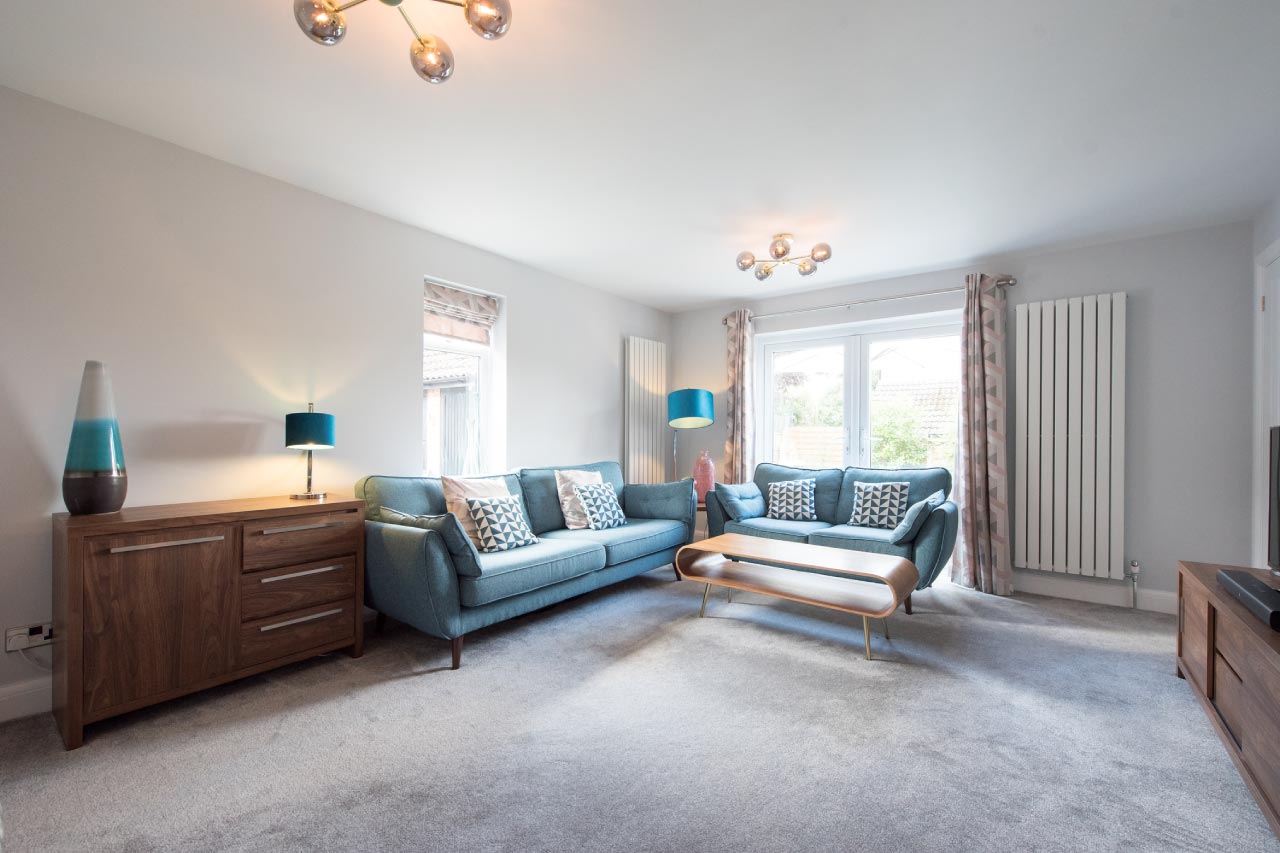
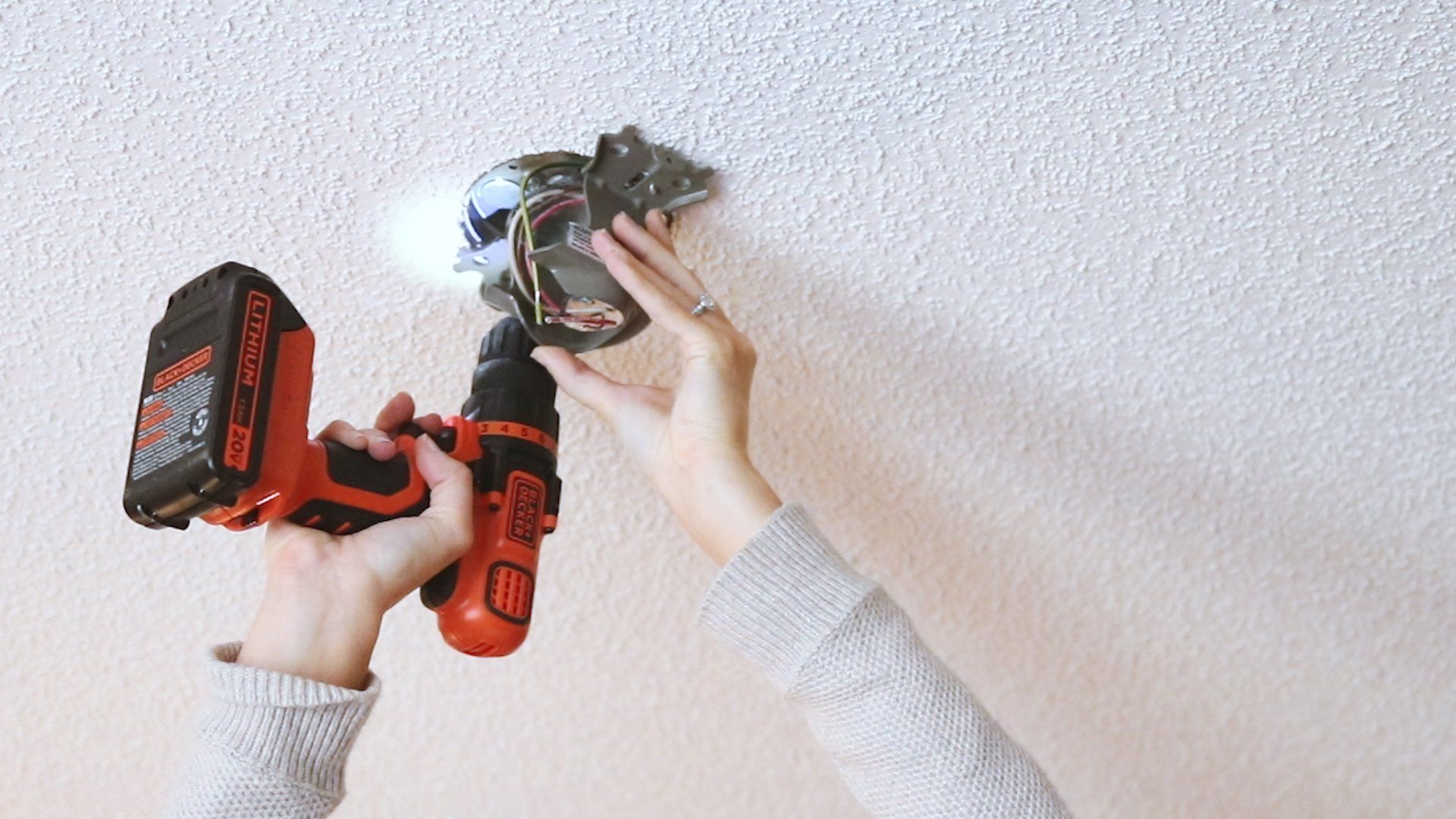
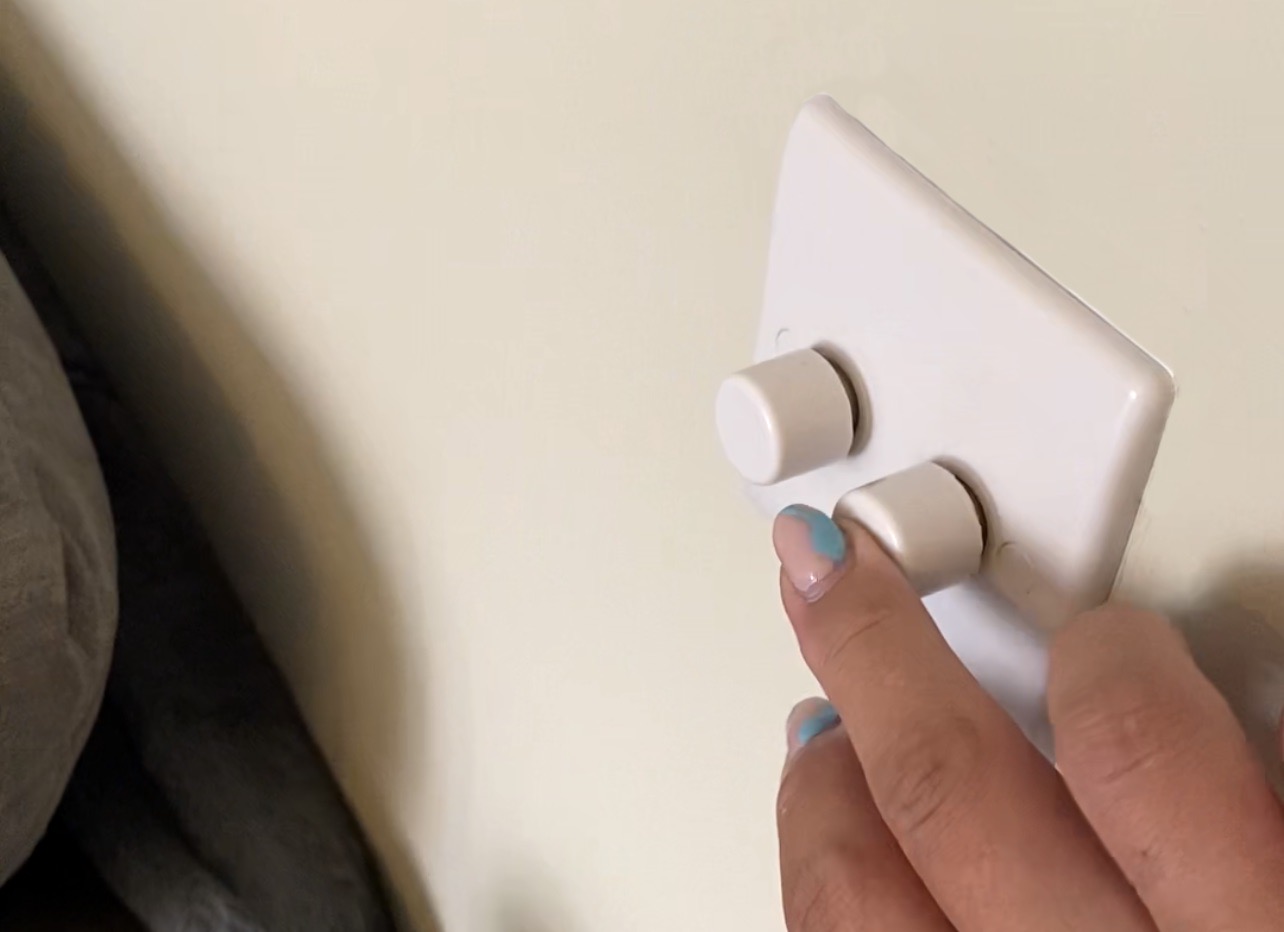
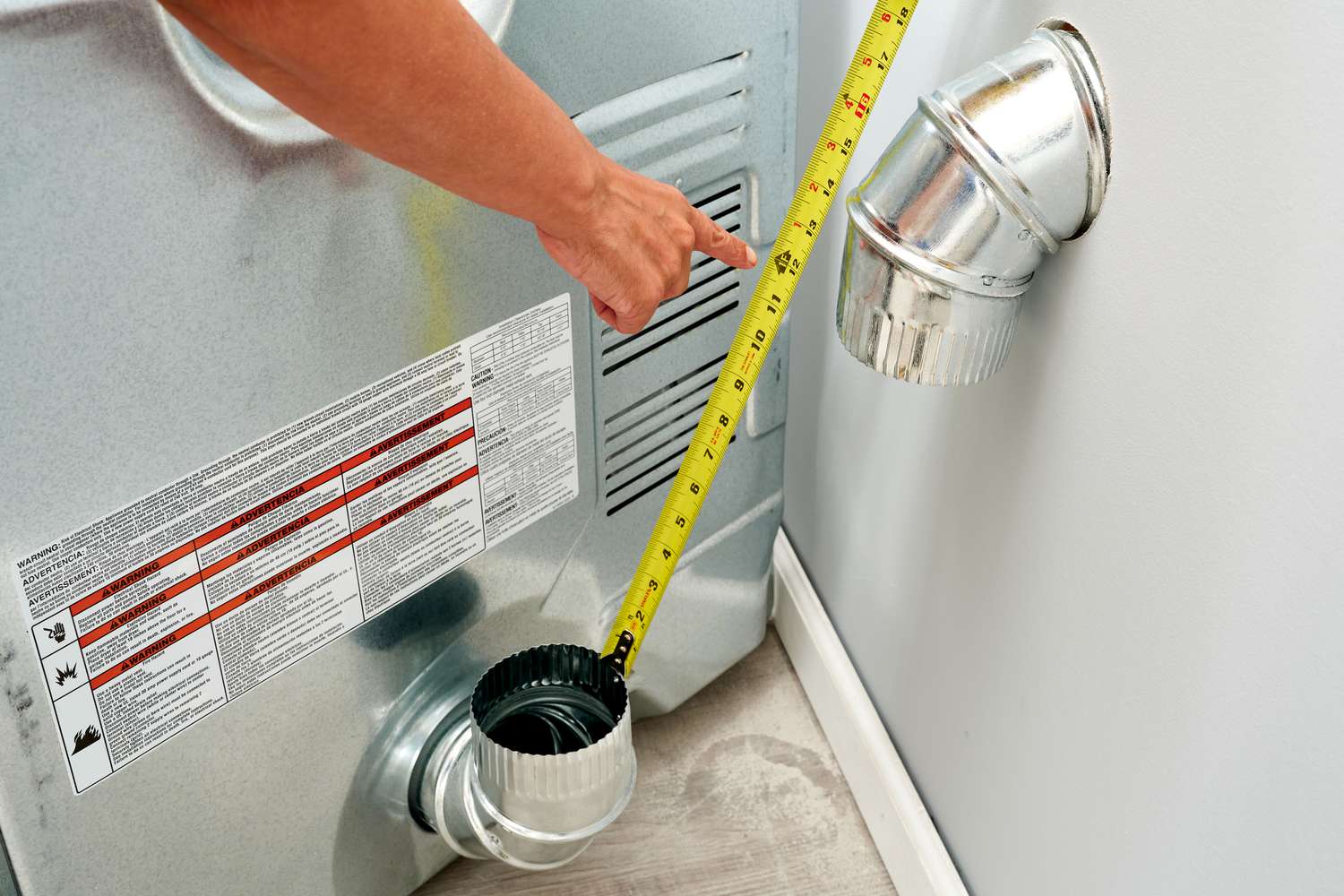
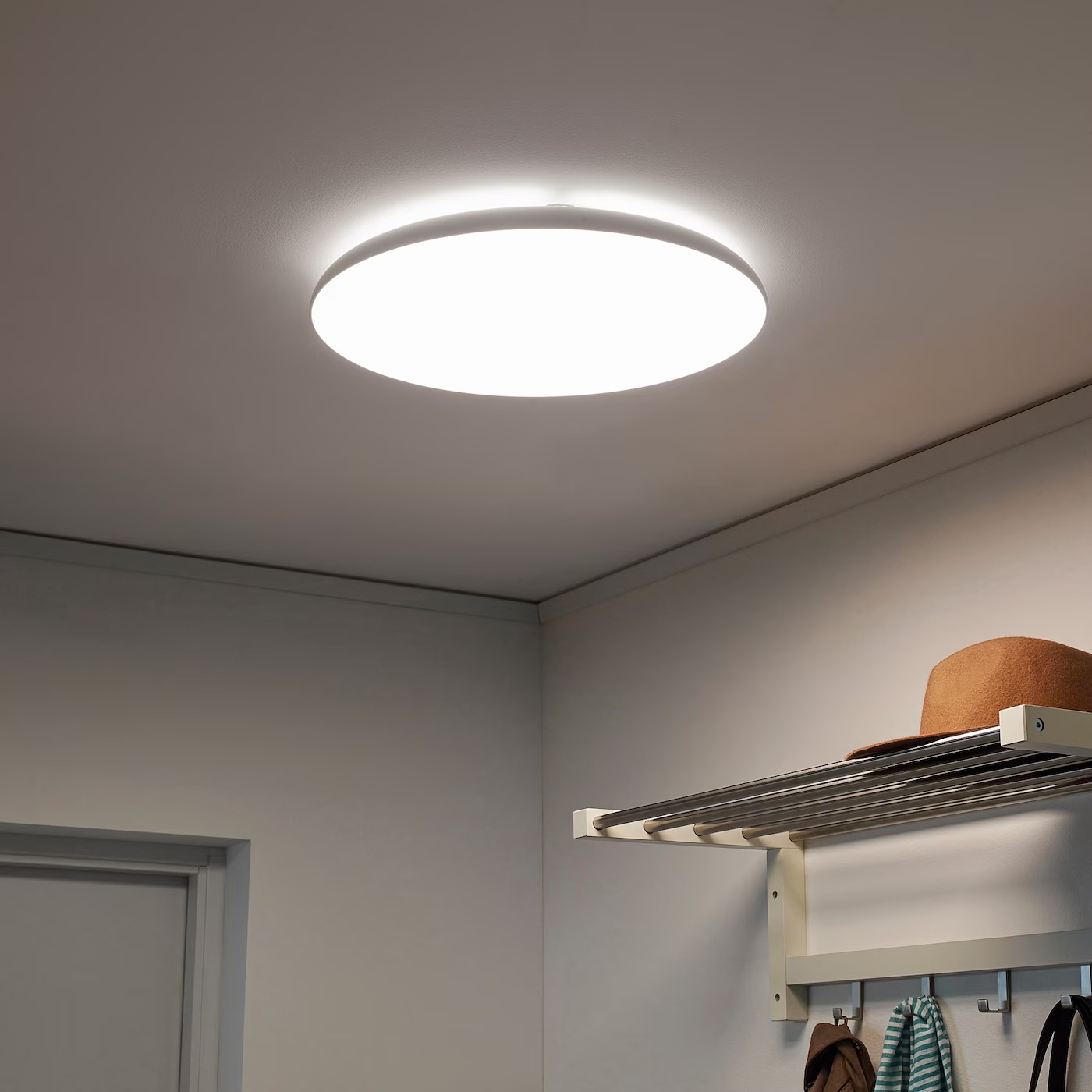
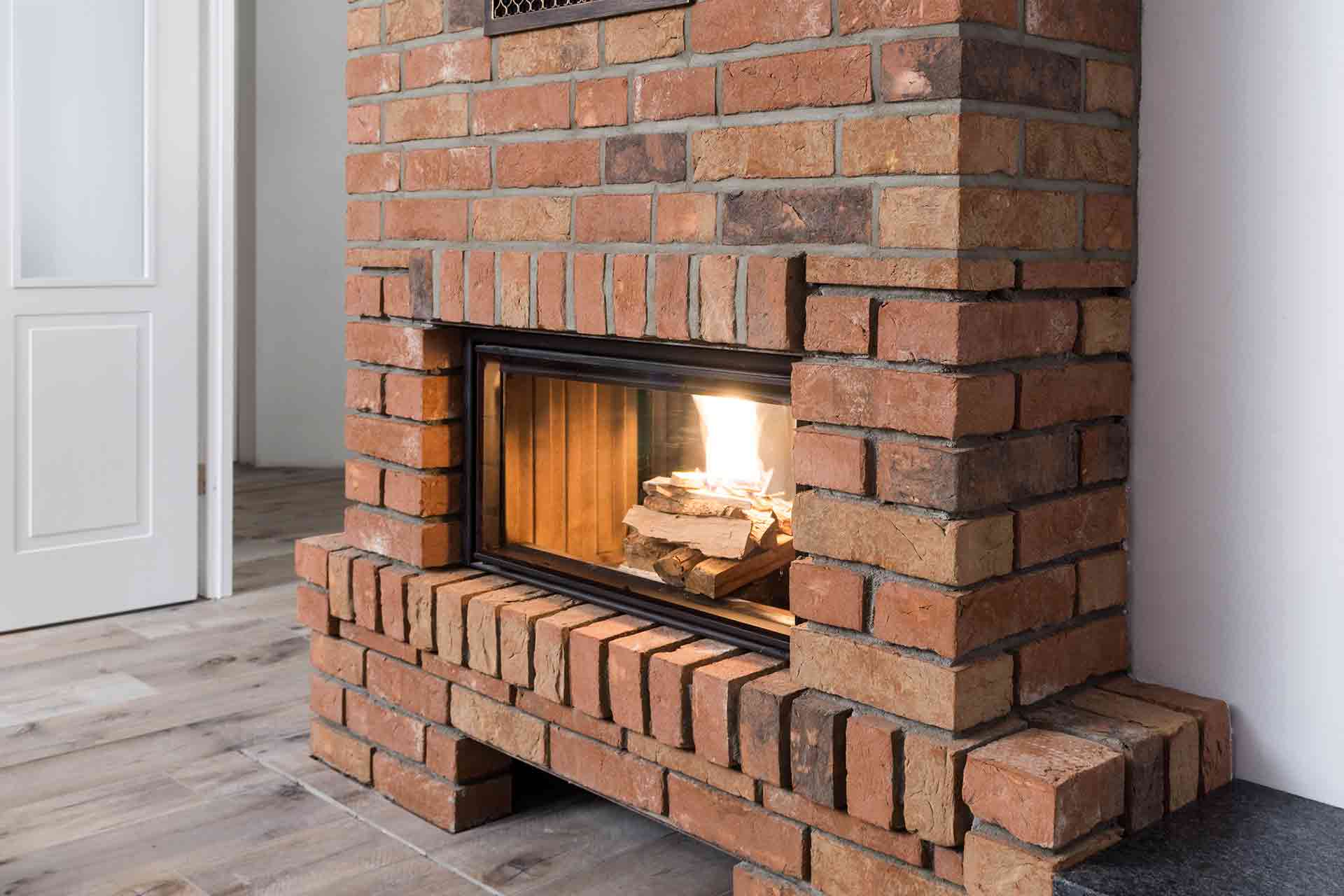
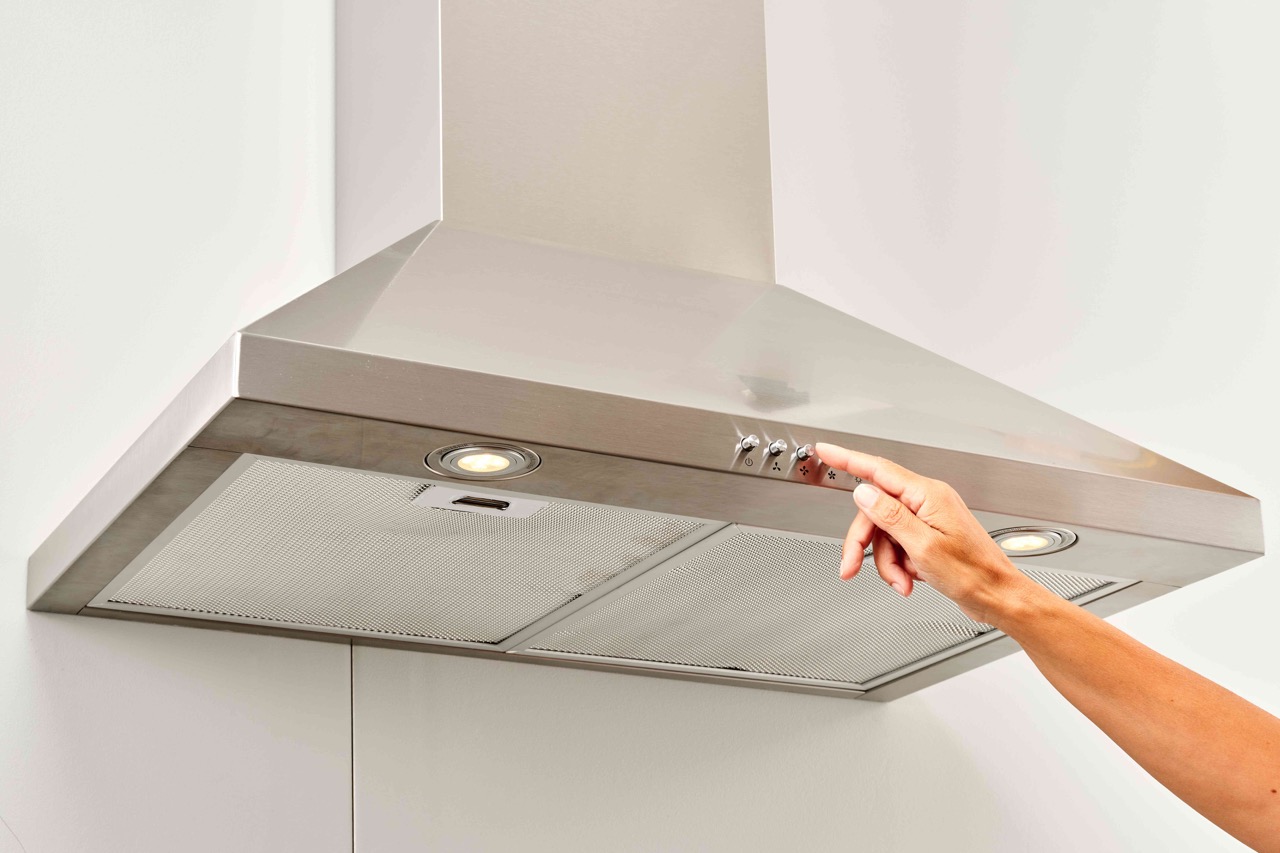
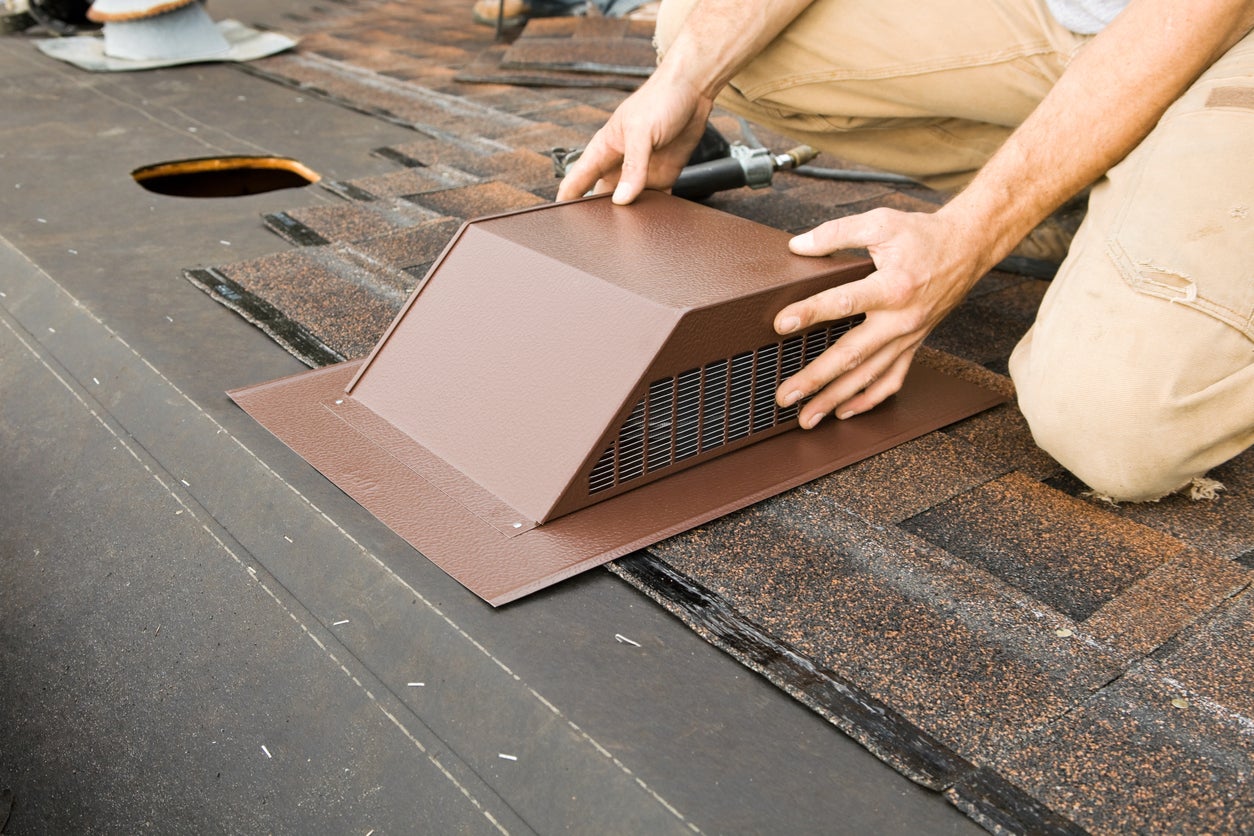
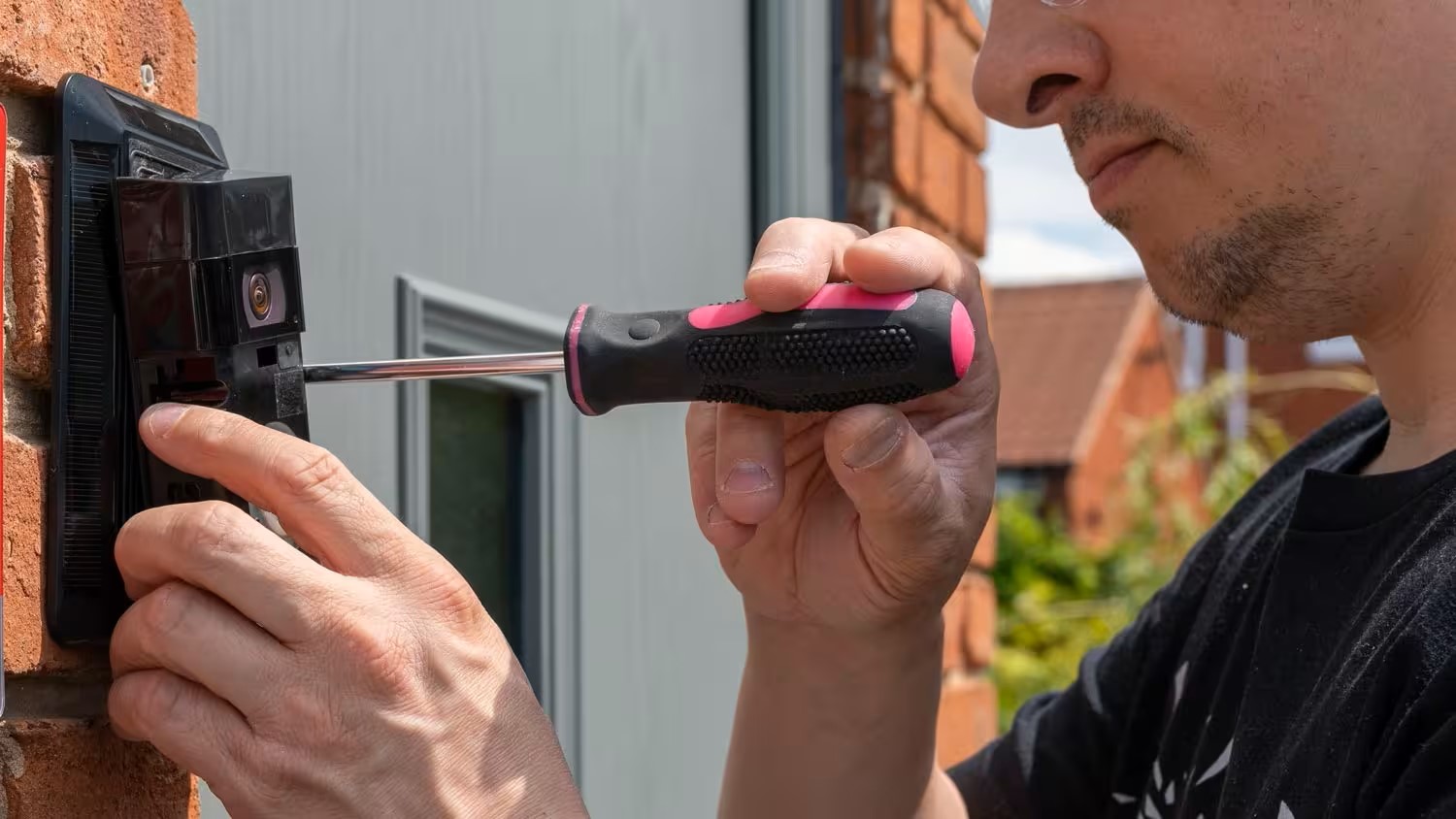
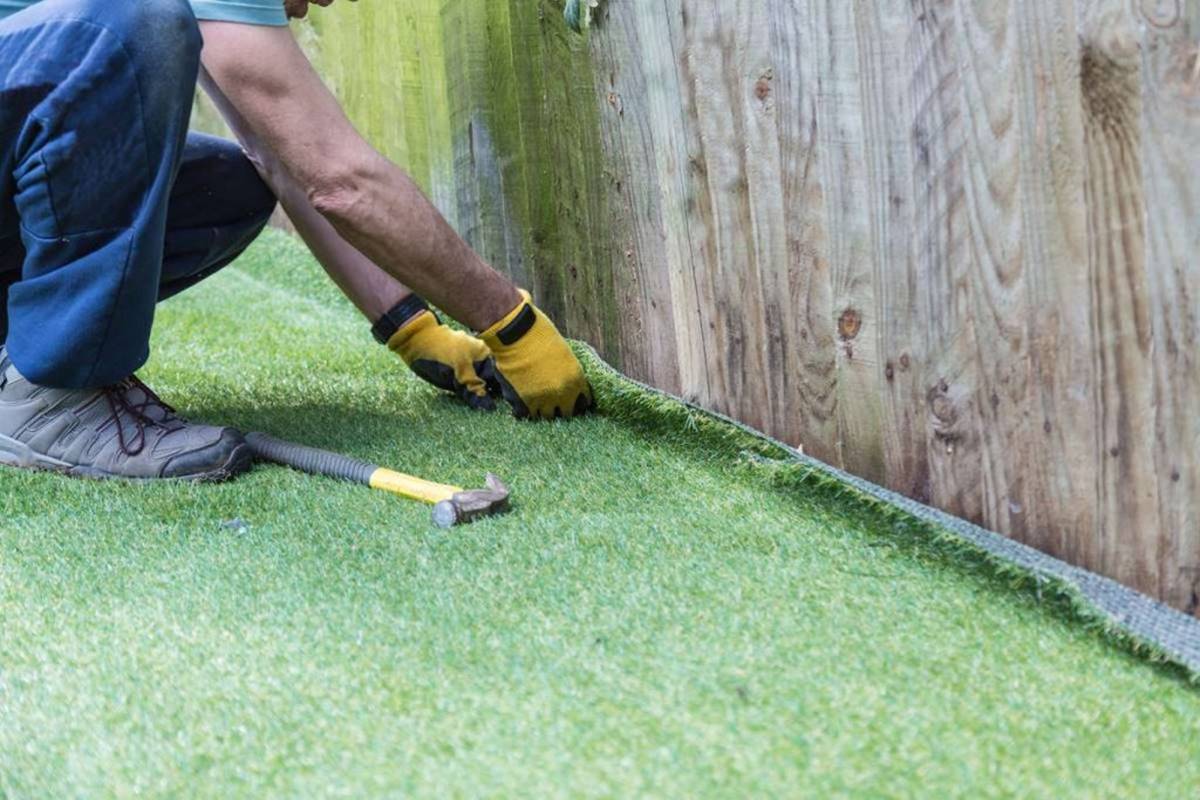
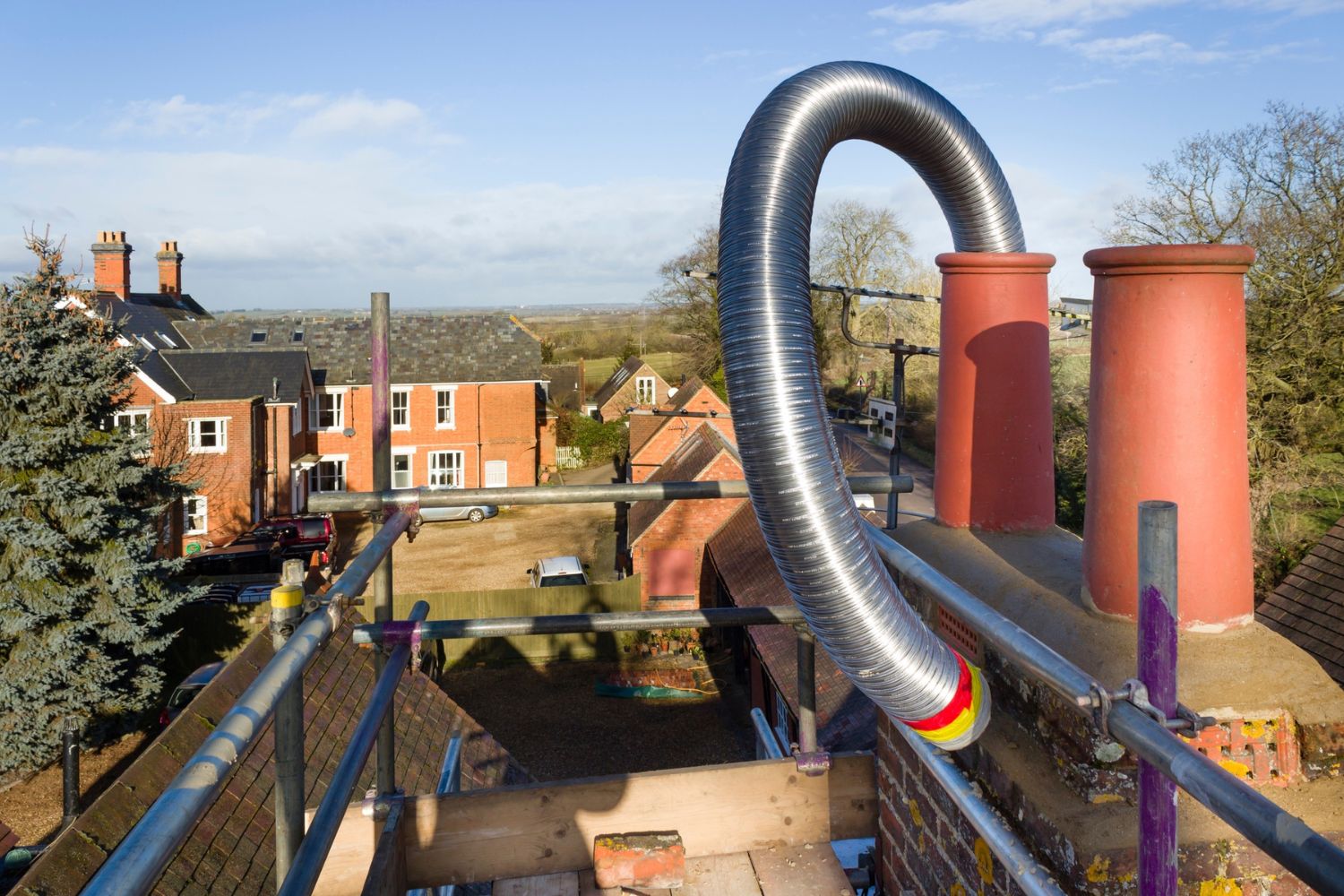
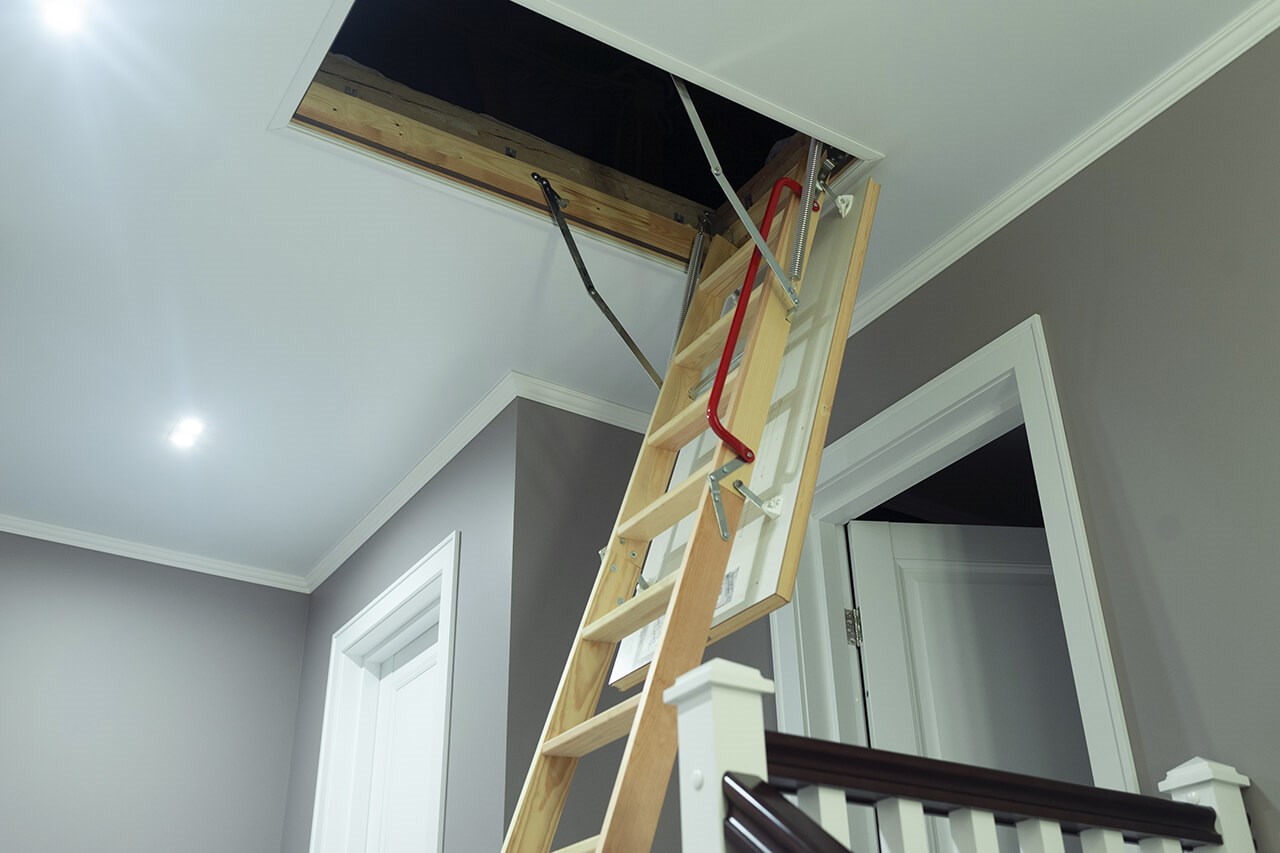
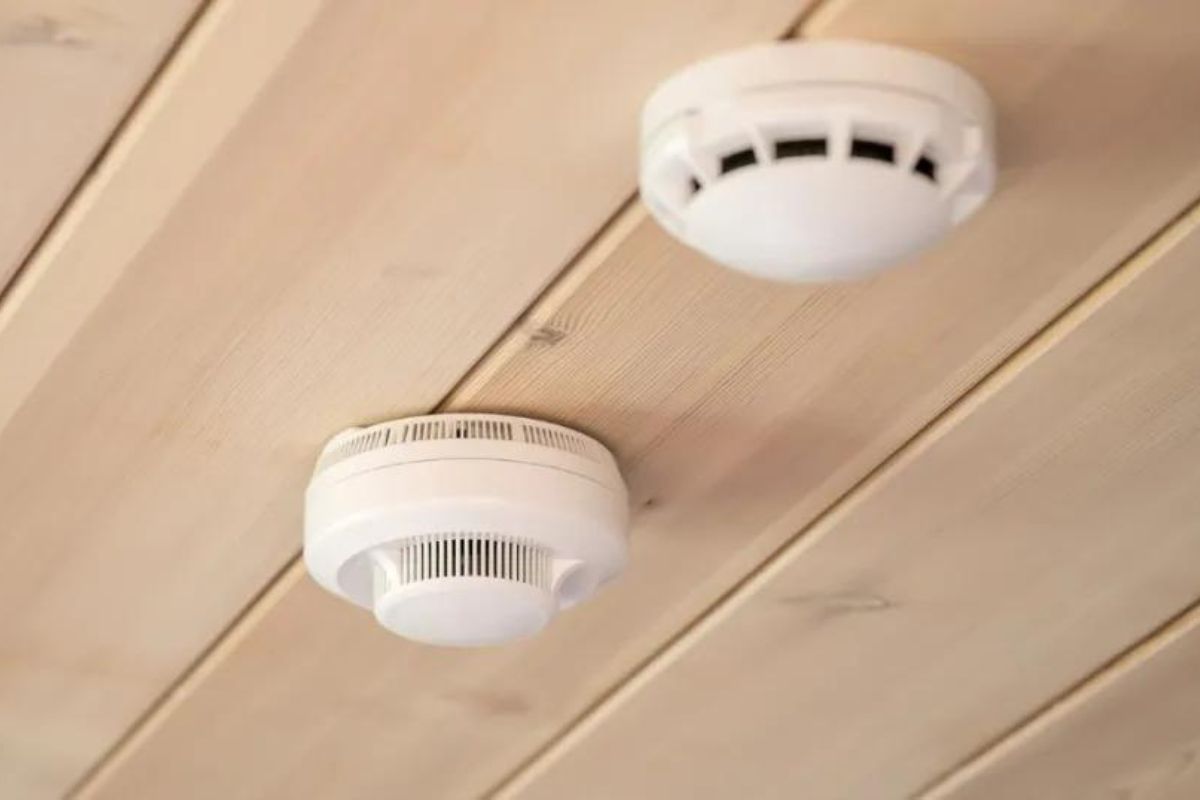

0 thoughts on “How Much Does It Cost To Install Carpet?”